The Dance Class by Edgar Degas, 1875, Musee d’Orsay.
Stage Setting with Ballet by Ferdinando Galli Bibiena (Italian),16571743.
The performances were choreographed routines performed byaristocratsmen and womenin their elaborate courtly dress.
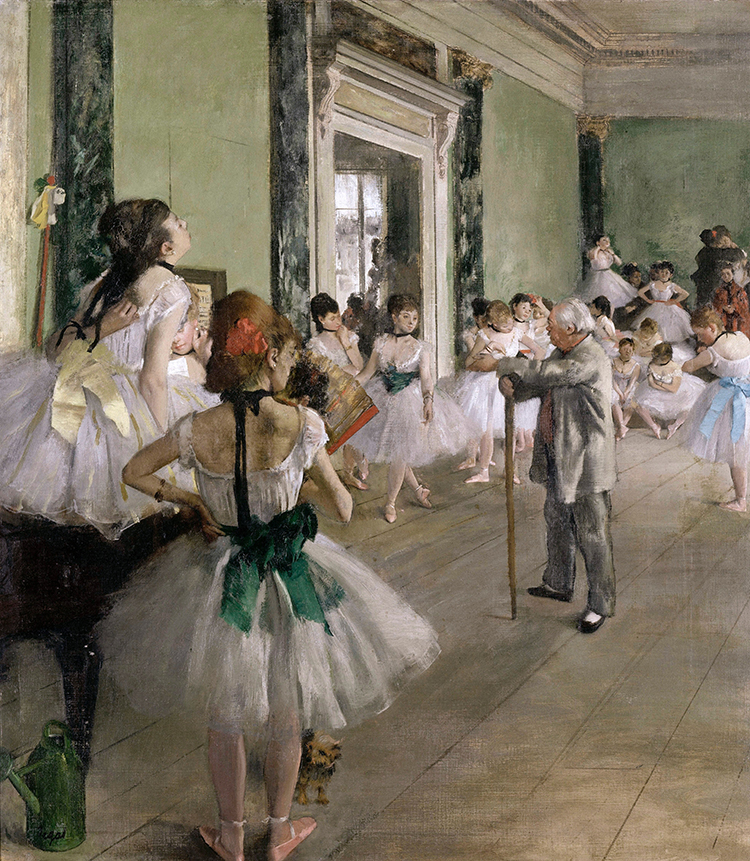
“The Dance Class” by Edgar Degas, 1875, Musée d’Orsay. (Photo:Wikimedia Commons[Public domain])
These dances were common at elite weddings where audience members would join in on the fun.
Early dances featuredmythologyand political symbolism.
The first performance featured female dancers representing the French provinces.

“Stage Setting with Ballet” by Ferdinando Galli Bibiena (Italian),1657–1743. (Photo:The Metropolitan Museum of Art[Public domain])
Louis IV as Apolo the Sun King in Ballet de la Nuit, by Henry de Gissey, 1653.
The French dancer and choreographer wroteLettres sur la Danse et les Ballets.
Published in 1760, the text outlines a style of ballet based on the relationships of characters.
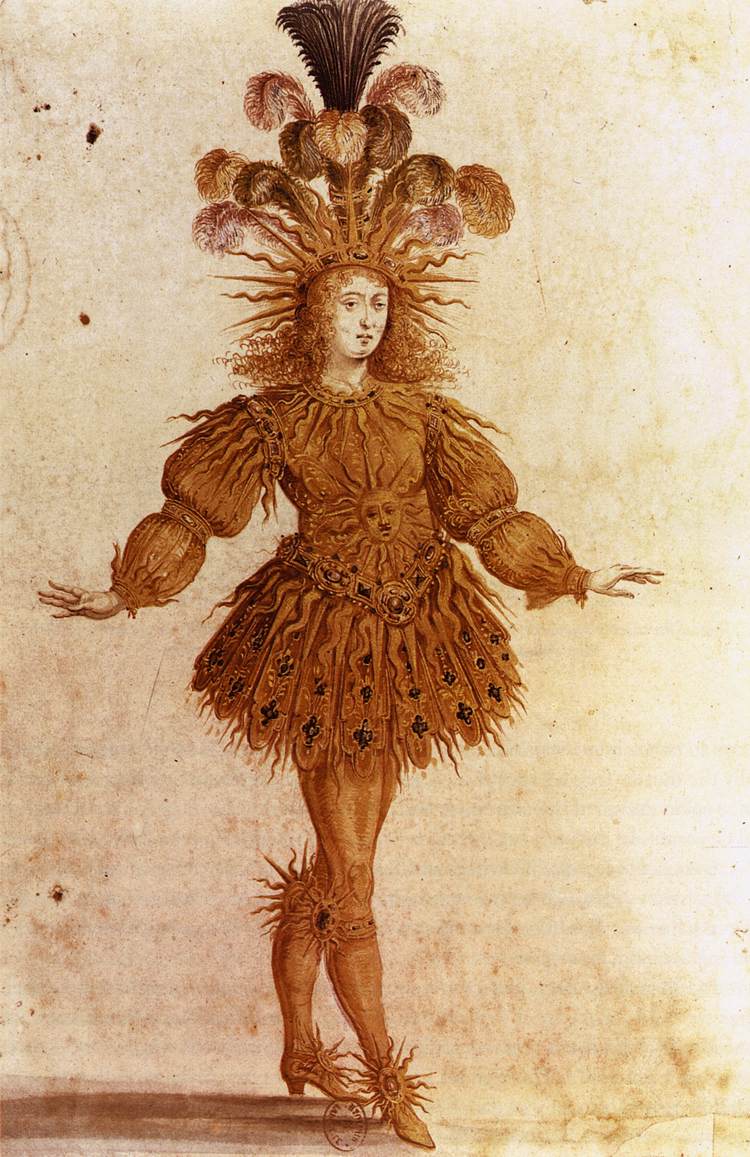
Louis IV as Apolo the Sun King in “Ballet de la Nuit,” by Henry de Gissey, 1653. (Photo:Wikimedia Commons[Public domain])
Noverre’s most famous balletLes Fetes Chinoisesfully embraced the Rococo aesthetic.
A trained corps de ballet performed in front of luxurious set designs.
The Parisian public loudly praised the ballet upon its first performance in the city in 1754.
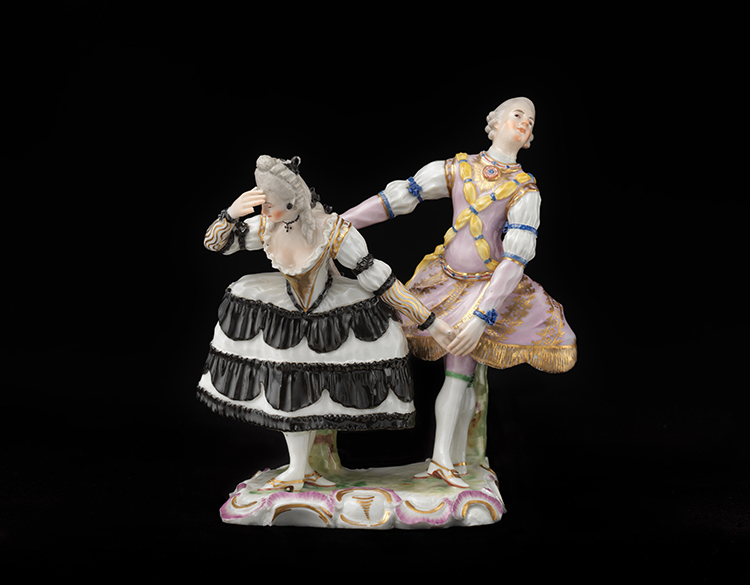
“Pas De Deux” Figurine of two Ballet Dancers, Ludwigsburg Porcelain Manufactory, c. 1760-63. (Photo:The Metropolitan Museum of Art[Public domain])
Staged in theaters and opera houses, ballet was becoming more available to audiences outside of the royal court.
Romantic Ballet
Ballerina Marie Taglioni in Zephire et Flore, c. 1831.
Many works ofclassical balletwere written during this period and are known asromantic ballets.
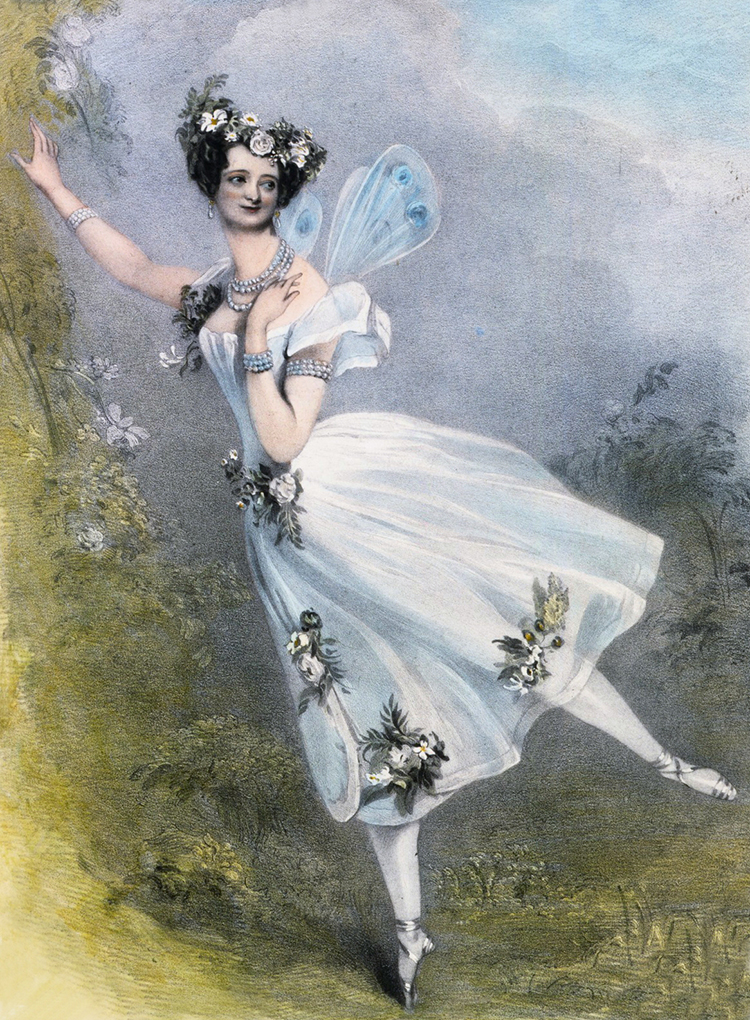
Ballerina Marie Taglioni in “Zephire et Flore,” c. 1831. (Photo:Wikimedia Commons[Public domain])
Among these areLa Sylphide(1836) andGiselle(1841).
Both are still performed today, although often with newer choreography.
Soft movements, folk characters, and countryside options were characteristic of the new genre.
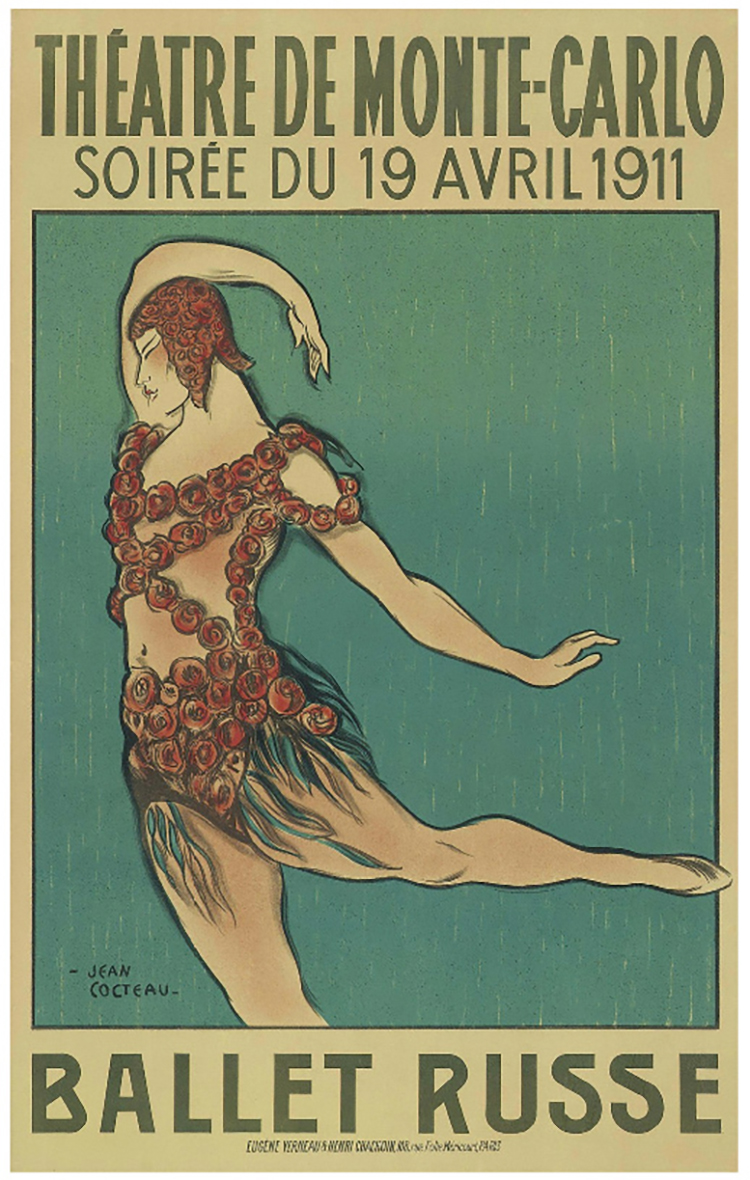
Poster for the traveling Ballet Russes corp de ballet. (Photo:Wikimedia Commons[Public domain])
Ballerinas wore long tulletutusand specially made point shoes to dance their leading roles.
These balletsstill some of the most frequently performed todayhelped establish Russian preeminence in the world of classical dance.
Modern Companies and Neo-Classical Choreographers
Poster for the traveling Ballet Russes corp de ballet.
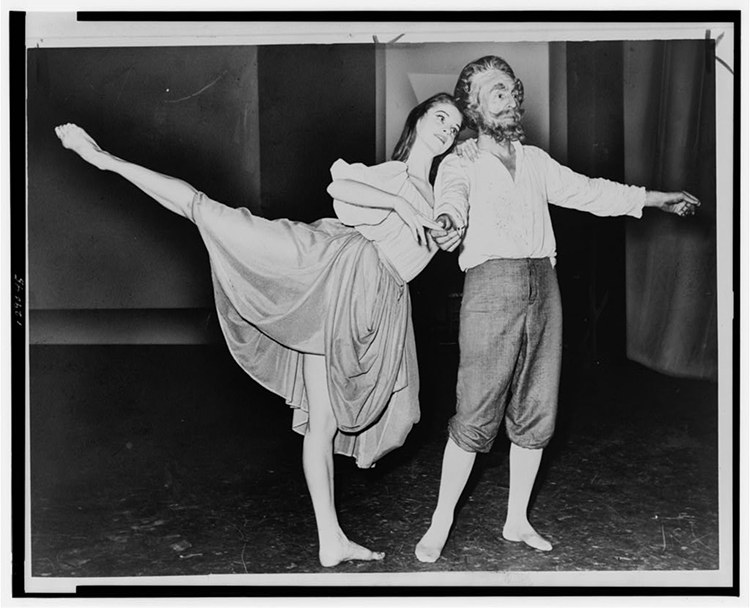
Suzanne Farrell and George Balanchine, performing “Don Quixote” in New York, 1965. (Photo:New York World-Telegram and the Sun Newspaper Photograph Collection/Library of Congress)
In Paris in 1928, his workApollodebuted, and is considered today to be the first neoclassical ballet.
Its pared-down aesthetic and choreography driven by the music (rather than the story) was innovative.
In 1933, Balanchine moved to the United States.
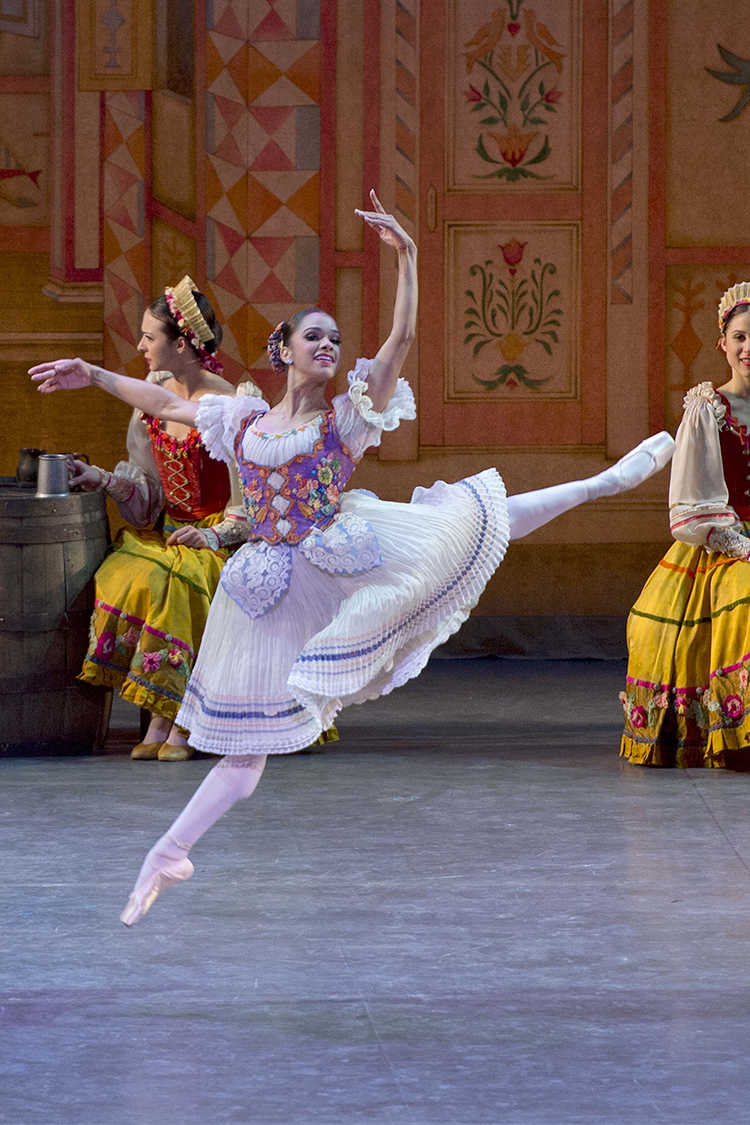
Misty Copeland dancing in “Coppélia,” 2014. (Photo: Naim Chidiac Abu Dhabi Festival via Gilda Squire andWikimedia Commons[CC BY-SA 4.0])
He founded the School of American Ballet in 1934 and the New York City Ballet in 1948.
Legendary male dancers of the mid-century period are still revered today, such asRudolf NureyevandMikhail Baryshnikov.
However,contemporary balletgoes beyond the work of the 19th-century choreographers.
Building upon the narrative-less, emotional compositions of Balanchine and other neoclassical artists, contemporary ballet pushes limits.
Costumes can be minimal, ballet slippers missing, or sophisticated special effects synced with dancers' movements.
Misty Copeland dancing in Coppelia, 2014.